Advertisement
Yesterday And Today — The Beatles' U.S. Albums Still Sound (And Look) Great
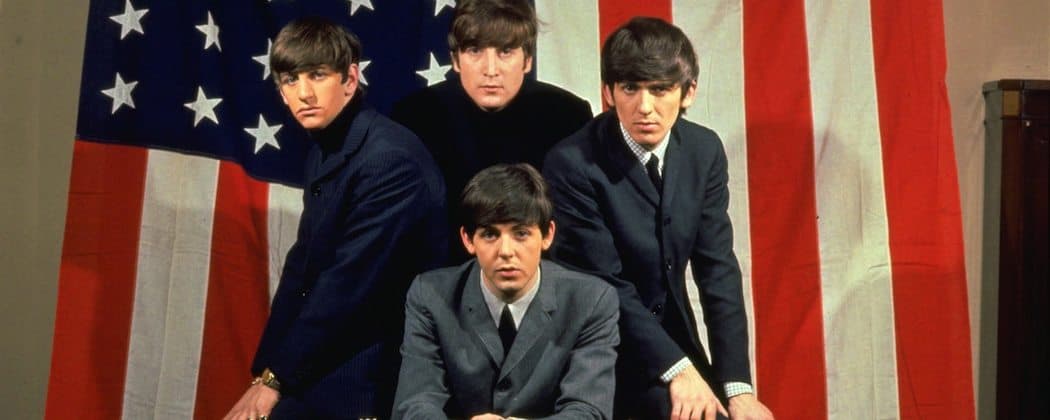
As America celebrates the 50th anniversary of the Beatles arriving in New York, much of the coverage and reaction seems surreal. A great CNN documentary went largely unnoticed while all the attention went to CBS’s grotesque “tribute” to the Beatles. The “best part,” according to some, were the parts played by Paul McCartney and Ringo Starr. If ever there was proof, though, that these two needed the late John Lennon and George Harrison, this “reunion” was it.
What seems strangest of all is the negative reaction to the release of “The Beatles’ U.S. albums.” All the minuses are true as far as they go — the British albums were the way the Beatles made them; the sound was better; there were more songs; the covers were glossier and cooler.
Still, the U.S. albums are a delight. I can’t imagine how any Baby Boomer Beatlemaniac could live without them. As good as the EMI/Parlophone CDs are, particularly in the remastered form, there always seemed to be something missing. A certain je ne sais quoi.
Now I sais quoi.
Many of the biggest Beatles hits were released on British EPs (extended plays with about four songs) and left off the LPs in England. America never warmed to EPs; the market was totally different. It was traditional for the singles, the 45s, to be the anchor of American albums and until the Beatles came along, the hits were often the only decent songs on rock albums.
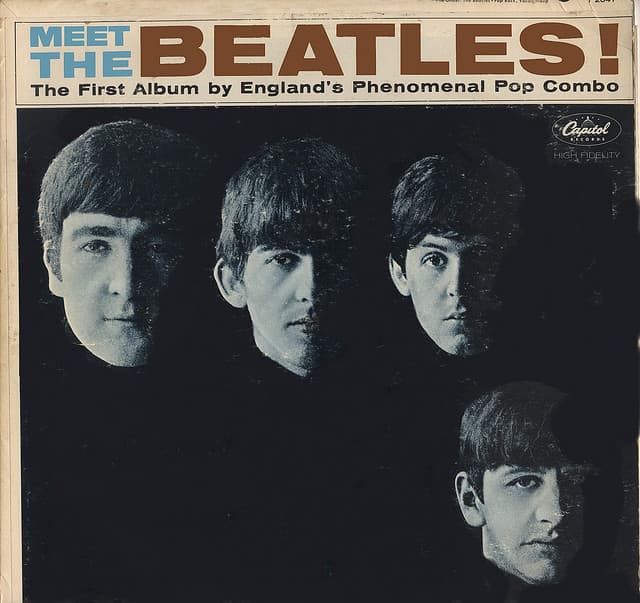
“Meet the Beatles,” then, began with “I Want to Hold Your Hand” and its B-side, “I Saw Her Standing There.” Its equivalent, “With the Beatles,” had neither song. Of course, one of the most revolutionary concepts the Beatles introduced was that every song on an album had to be good, so “With the Beatles,” actually the second British album after “Please Please Me,” is still a great collection.
But beginning the CD with “It Won’t Be Long” always seemed wrong, unhistoric and a little bland. Other hits also went missing from British albums — “She Loves You, “I Feel Fine,” “She’s a Woman” but were on U.S. albums. (They eventually made it to a late compilation.)
All of this might seem moot in the world of digital downloads as we now make our own playlists, but to those of us who still think of albums — whether vinyl or CD — as much more soulful old friends (with better sound) than digital downloads, it’s good to have our real old Capitol friends (and one each from United Artists and Apple) back as well as the hoity-toity Parlophone versions.
There are other treasures in the new collection, which you can also buy individually. (Actually, eight of the 13 had already been released in reduced format and in two volumes called “The Capitol Years,” but these are handsomer and better-packaged.)
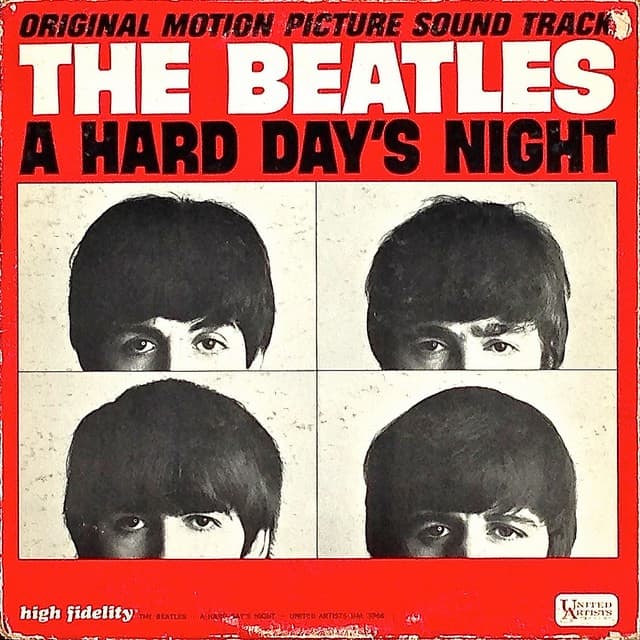
The American red-covered soundtrack to “A Hard Day’s Night” seemed inferior to the blue-covered British version at the time, since it had six more Beatles’ songs and none of the silly-sounding non-Beatles instrumental lounge versions of “A Hard Day’s Night,” “And I Love Her,” “I Should Have Known Better” and “This Boy.” Today that lounge music is total fun and the American album is more evocative of the film than the British because of them. The American “Help” isn’t quite as enjoyable, though it does have the James Bond intro to the title song.
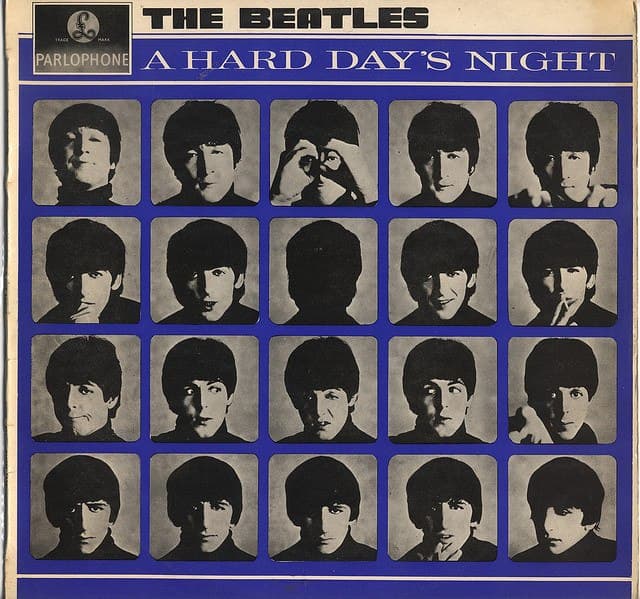
The American albums were usually playing catch-up with the Brits, but Capitol was more creative than given credit for in patching together new albums. “The Beatles’ Second Album” and “Beatles ‘65” hold together today as well as they did yesterday. And while people say that the British albums were the way the Beatles meant them to be heard, what does that mean? Paul and John didn’t agree on anything; just listen to the difference between the official “Let It Be” and Paul’s Spector-less “Let It Be … Naked.”
There is less music on each CD because American albums usually only had 11 songs while the Brits had 14, though this does enable the American CDs to include both the stereo versions and the mono mixes. You can get a mono mix of the British CDs but you have to spend a couple of hundred extra smackers on the complete box.
OK, nostalgia. Oft-belittled, foolishly so. Obviously you want music to grow and change, and you with it, but there’s something enormously satisfying about hearing a song the way you first heard it, or at least the way you heard it when it changed your life — and if we’ve learned anything from the Beatles 50th it’s that the Beatles really did change people’s lives.
So why wouldn’t you want to hear “I Want To Hold Your Hand” lead off “Meet the Beatles”? Or listen to a collection of music as perfect as “Beatles ’65,” even if the Beatles didn’t put it together. There’s no doubt that the British “Rubber Soul” and “Revolver” are better than the American versions, but the order of the American versions bring back a flood of memories that the British don’t. (After “Revolver” the American and British albums were the same and recorded in stereo so aren’t part of the new releases.)
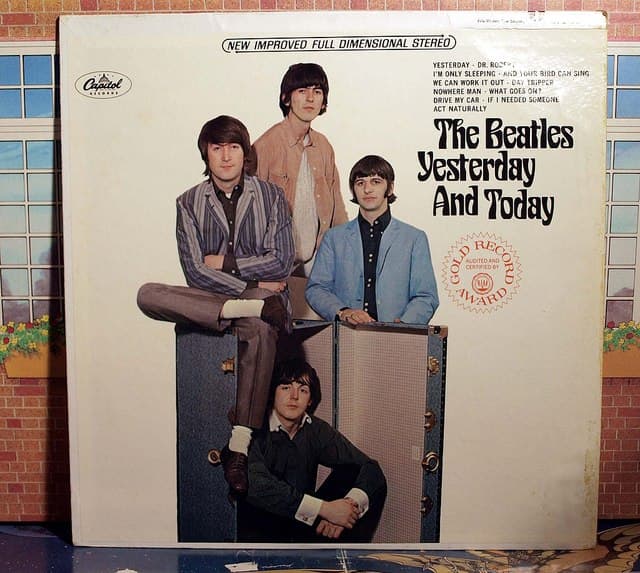
The big surprise with the new albums is that the white cover of “Yesterday and Today,” with Paul in a suitcase, is just a slip of paper lying atop the banned cover, with the four of them in butcher outfits strewn with decapitated dolls and raw meat. It was thought to be a sly protest over the Vietnam War, but Capitol chickened out and made the Beatles rescind the cover. (You can still attach the white cover if you’re offended.)
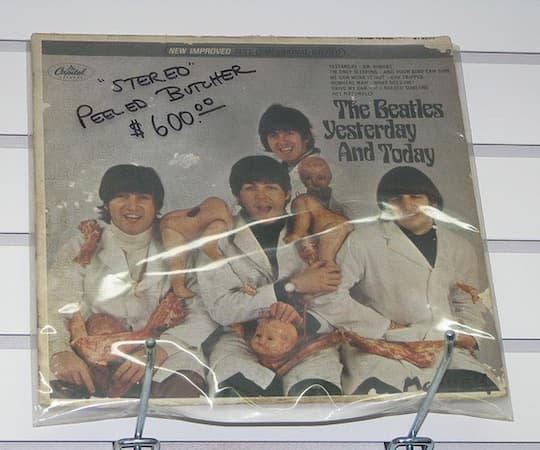
I also love the fact that the American versions have original envelopes advertising Capitol artists of 1966. Wayne Newton’s “Summer Wind,” anybody? David McCallum’s “Music — A Part of Me”? But are also cover illustrations of the jazz/standard LPs that seemed geezerish at the time, but now seem like vinyl Valhalla — “Cannonball Adderley Live!,” “Nat King Cole at the Sands,” “Judy Garland at Carnegie Hall.” (The packaging also includes those awful plastic envelopes record companies used.)
So sing the praises of the British CDs as loudly as you want. If the old-age home makes me choose one set over the other, it just might be “The Beatles’ U.S. Albums.”


